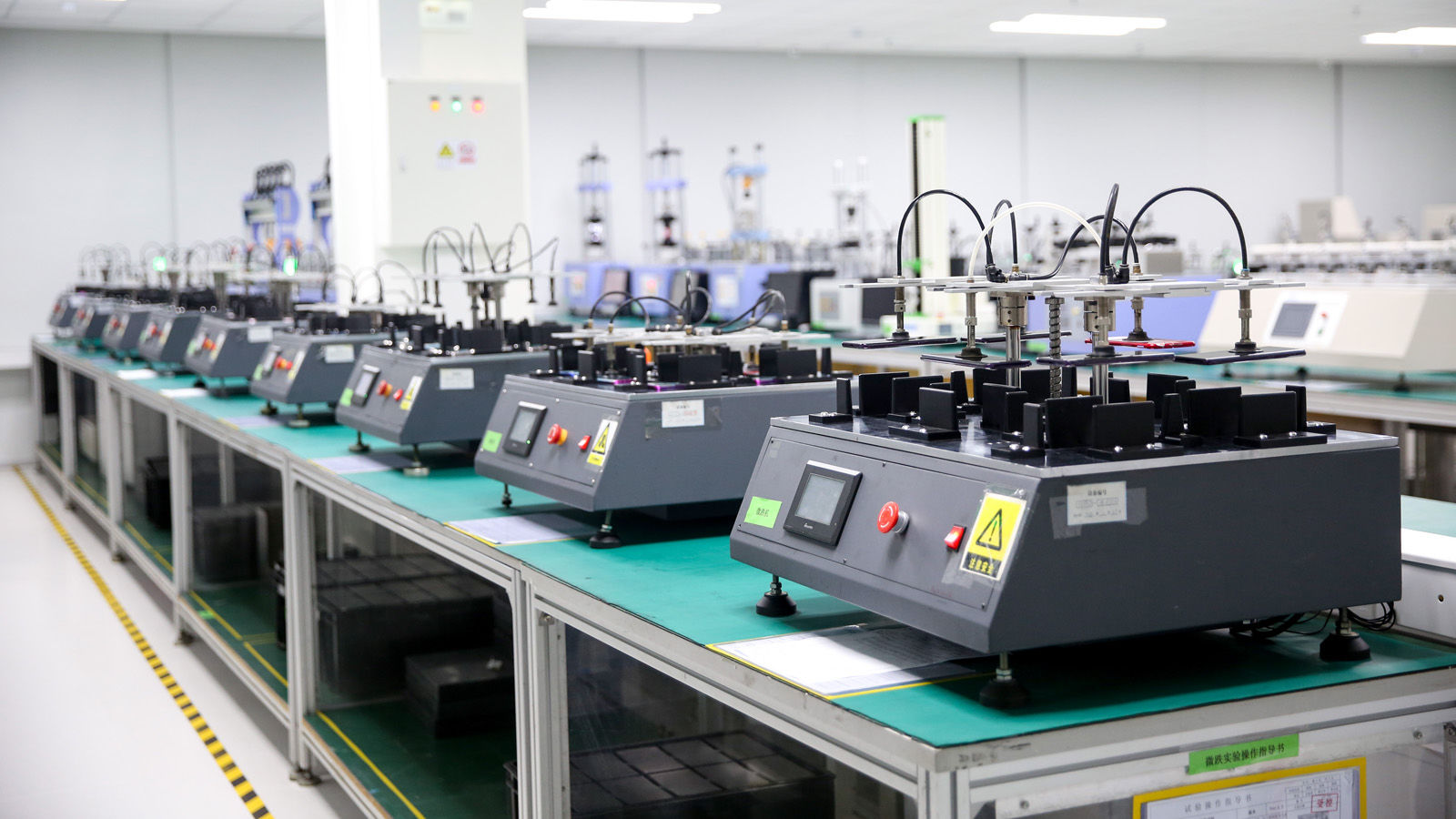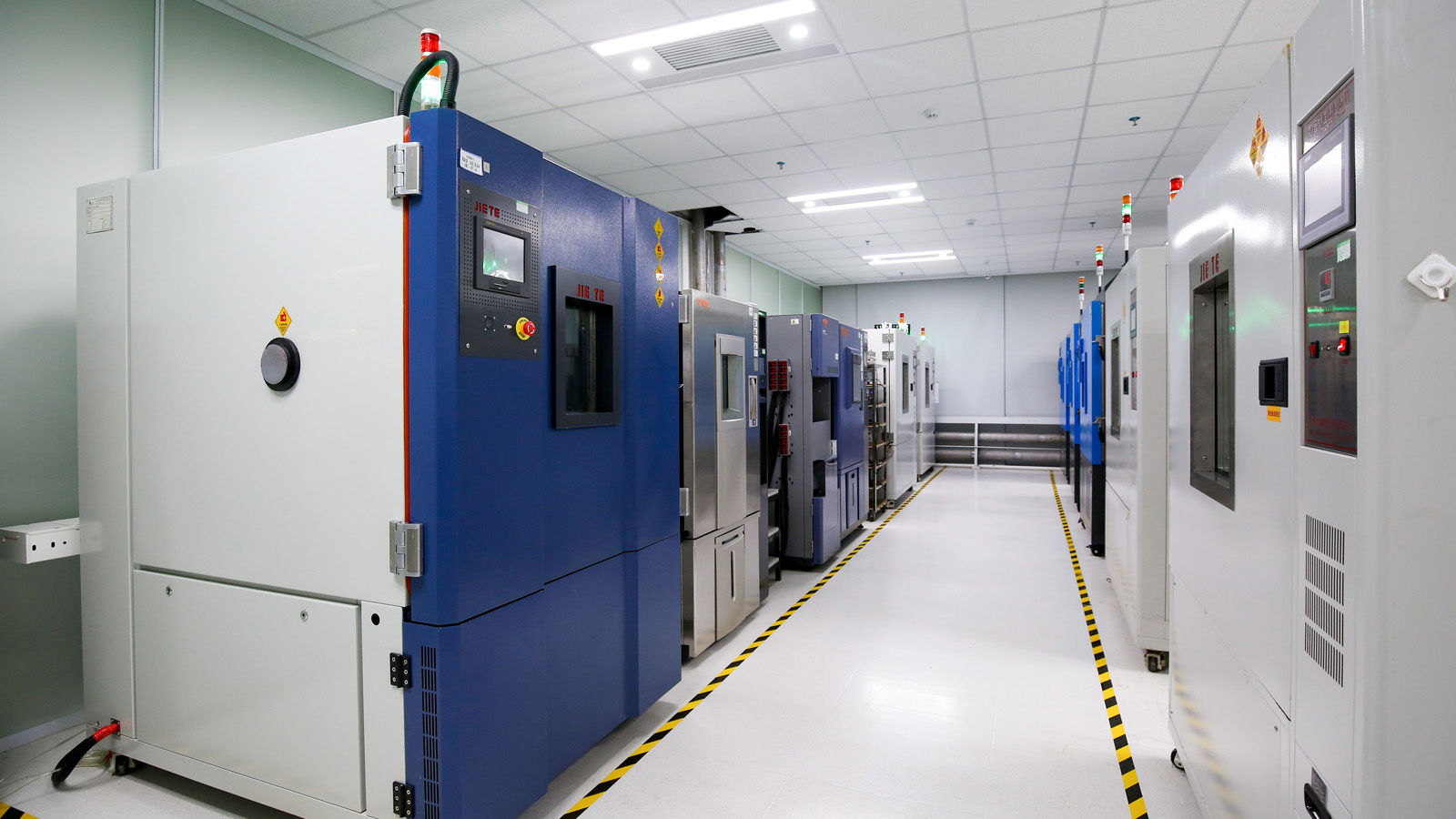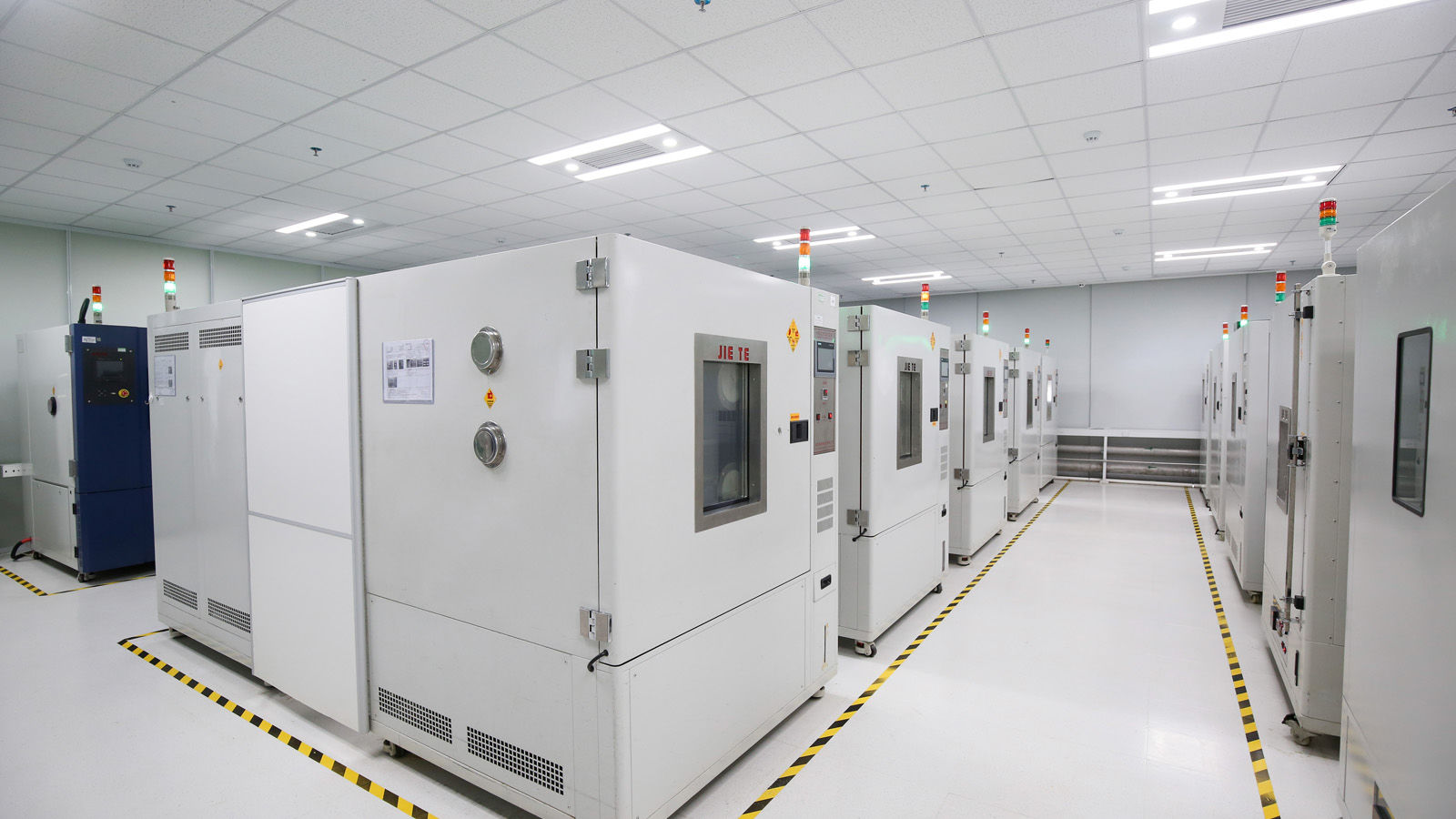Nowadays, there are lots of options that are shaking up the market, especially from Chinese brands. Oppo, Xiaomi and OnePlus are all coming out with impressive kit that won’t cost you the Earth, with a number of budget and mid-range phones that still possess great cameras, battery lives and more. However, people are still convinced that flagships are the only handsets that still have that trustworthy factor, and that cheap equals nasty. Having reviewed cheaper phones myself, I’ve still heard remarks that these handsets are only more competitive in price because they’re produced in a slap-dash manner – with less thorough testing than the flagships from big-name brands that still dominate both headlines and sales figures. Having spent some time seeing how these handsets are tested first-hand, I’d like to disprove this notion once and for all. I’ve spent the last week in China with Oppo – a Chinese brand that has recently entered the European market and is continuing to grow across the world. Oppo is carving a name for producing high-quality handsets for a fraction of the price of some of its rivals – with phones such as the Reno 2 and the Find X.
I went on a tour to Oppo’s factory in Dongguan – experiencing the process of how its smartphones are built, right from the beginning. As part of that, I got to experience the numerous testing processes that go into ensuring the phones are of sound quality before they go into full production. Naturally, some of the tests vary depending on the materials of the product. Cheaper phones are typically made from plastic, which is reasonably tough but doesn’t have the same premium feel that other materials do. More expensive phones may be made with Gorilla Glass – a chemically strengthened glass that looks and feels good – but is more susceptible to cracks and scratches than plastic. Durability on a smartphone is vital – nobody wants a handset that will shatter on impact the second it slips from your hand. The engineers and factory workers at Oppo put the phones through drop tests on a number of surfaces such as marble, concrete and steel. They then drop the handset between 12 to 30 times depending on the phone from a height of one metre. These are then marked clearly before the handset is sent onto the next stages. Oppo uses a machine that lifts the phone from a linear height, but this isn’t necessarily how all smartphone manufacturers handle drop tests. Huawei uses a giant tombola which simulated their devices being dropped from various angles for around 100 times.
For smaller falls, Oppo measures micro drops using an automated machine. These are carried out around 50,000 times on a handset, over and over again to ensure that the backing is safe to handle a bash or two. These nifty little robots also carry out twisting tests to check how much flexibility the phone can handle. Smartphones are giving an IP rating (Ingress Protection Rating) based on how resistant they are to water, dirt and dust on a sliding scale – with the higher numbers being more resistant. Most of the time, cheaper handsets have an IP rating of zero, so they’re not waterproof, dirtproof or dustproof in any manner. There is a caveat to this – some brands like OnePlus don’t have IP ratings on their phones, as paying for the certification increases the price of handsets for consumers. However, the company still claims its phones can survive a splash, there’s just been no independent verification of its testing. So even if a phone doesn’t have an IP rating, check what the manufacturer states on its product pages. Those that do possess an IP rating or boast protection against substances (higher models such as the Reno 2) undergo further scrutiny – being subjected to simulated rain tests for a long period of time, before being left for at least three days to check that there aren’t any lasting effects or stray bits of liquid building up over time. Temperature tests are another key component, putting phones through their paces in both hot and cold environments to see what they can withstand. But it’s not just the hardware that gets put through the wringer. Oppo conducts lots of different experiments on the software. There’s the vital connectivity testing (4G, 5G, Bluetooth, GPS, and interference) which is conducted in closed, isolated environments to produce the most accurate results.
Additional functions of a smartphone are not left behind. Features like mobile gaming are put to the test, with gaming experts trialling some of the most demanding programmes and seeing how the handset handles this type of media – such as whether the handset overheats, or lags etc. Even the accompanying USB cables undergo twisting tests for numerous hours to check that they won’t stop working with a bit of a bend. These are some of the specifics that Oppo works towards, but other smartphone factories have their own unique processes for their products. Apple tests specifically for how phones will fare in back pockets by hiring engineers who literally sit down on the phone over and over. My main takeaway from this visit is the overwhelming amount of research and development that goes into ensuring that all phones are of sound build and quality – not just the flagships and expensive models. Cheaper phones may use less luxurious materials and not boast every top-of-the-line feature, but that doesn’t mean that any less care is taken in their construction. Of course, not everything is fool-proof in the testing process. For example, Samsung’s luxury Galaxy Fold phones broke numerous times when they first went out for review – despite the company claiming that these models were “tested up to 200,000 folds”. This is just one example of high-end phones not necessarily being more durable than their cheaper counterparts. When you’re buying a flagship phone, you’re paying for the best camera on the market, or the unique design, or even just the status of owning a product from a particular brand. However, not everyone can realistically afford a phone that literally costs the same price as a summer holiday – so moving into the mid-range or budget market is necessary for some.
More and more Chinese brands are now expanding into Europe, offering phones that have flagship features, but for a cheaper price. So even if you have to go for a lower-priced phone, that doesn’t mean that you need to get a poor-quality camera, a shoddy battery life or a much older model. Factory tours such as this one demonstrate the care and detail that is put into testing handsets, no matter the price. So rest assured, if you’re more strapped for cash and need to go for a mid-range or budget phone, cheap certainly doesn’t equal nasty. Hannah Cowton is a Senior Staff Writer at Tech Advisor and Macworld, working across entertainment, consumer technology and lifestyle. Her interests and specialities lie in streaming services, film and television reviews and rumours, gaming, wearables and smart home products. She’s also the creator of The London Geek, a geek culture and lifestyle blog.



